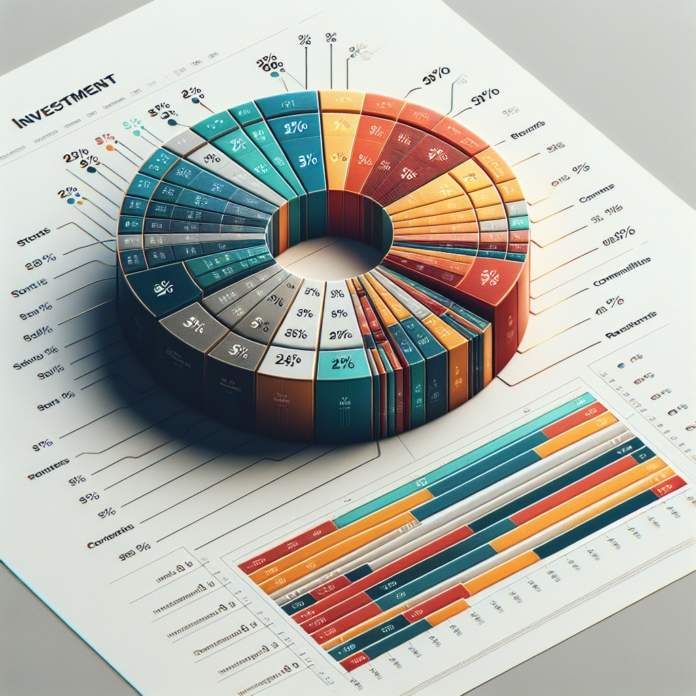In the landscape of personal investment, risks and uncertainties are par for the course. But savvy investors understand that diversification is key to mitigating these risks and smoothing out the market’s inevitable ups and downs. Diversification involves spreading your investments across various asset classes and sectors to reduce the impact of any single investment’s poor performance. Let’s explore effective diversification strategies to help safeguard and grow your personal portfolio.
Understanding Asset Classes:
The foundation of a diversified portfolio is built on multiple asset classes such as stocks, bonds, commodities, and real estate. Each asset class responds differently to market conditions, and their uncorrelated performance can potentially offset losses in any one area. Tools like Morningstar’s Portfolio Manager can help track your asset allocation, ensuring you’re well-diversified and your portfolio is balanced according to your financial goals and risk tolerance.
Geographic Diversification:
With global investment opportunities increasingly accessible, geographic diversification is now a crucial strategy. Investing in international markets can protect against the volatility of your home economy. Platforms like Vanguard’s International Stock Funds offer easy entry points to global equities, thus offering exposure to the growth potential of economies around the world.
Sector and Industry Diversification:
Just as spreading investments across geographic regions can mitigate risk, so too can diversification across different sectors and industries. Whether through sector-specific ETFs or mutual funds, investors can ensure they’re not overexposed to the risks of any one sector. Fidelity Investments provides a wide range of sector-specific funds that can be seamlessly integrated into your portfolio.
Understanding Correlation:
Diversification goes beyond simply holding different assets—it’s about understanding how those assets interact with each other. Low or negative correlation between investments can mean that when one investment is down, another could be up, thereby balancing performance. Websites like Investopedia offer resources to learn about correlation and how it impacts your investment strategy.
Alternative Investments:
For those with a higher risk tolerance, alternative investments such as hedge funds, private equity, and commodities can be added to the mix. These alternatives often march to the beat of their own drum, independent of stock and bond markets, and can offer unique growth opportunities. Access to such alternatives has been democratized through platforms like Yieldstreet, which offers a diverse range of alternative investment products.
Regular Portfolio Reviews:
Remember, diversification is not a set-it-and-forget-it strategy. Regular portfolio reviews are essential to adjust your allocations over time as your life circumstances and financial goals evolve. Rebalancing ensures your portfolio doesn’t stray too far from your intended asset allocation and risk level.
In conclusion, diversification is both an art and a, requiring a careful blend of research, planning, and ongoing management. By employing these diversification strategies within your investment approach, you can aim for a more resilient portfolio that is better equipped to navigate the complex world of investing, irrespective of economic climates.




 AGF-B.CO
AGF-B.CO